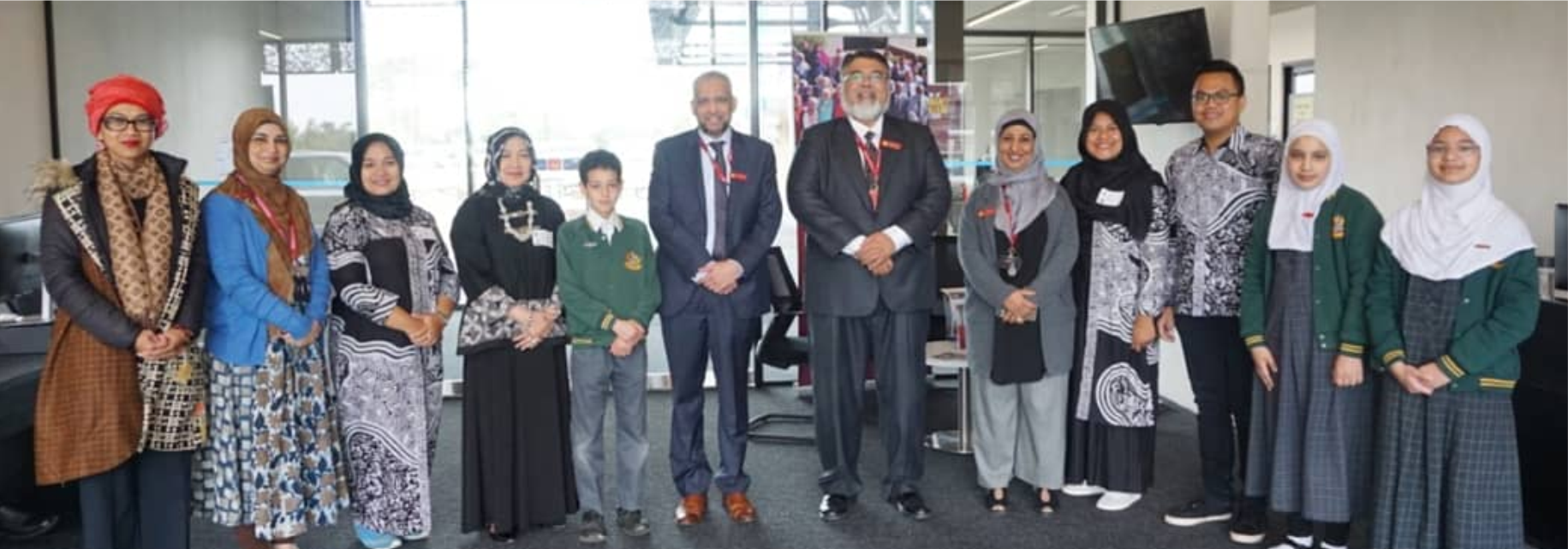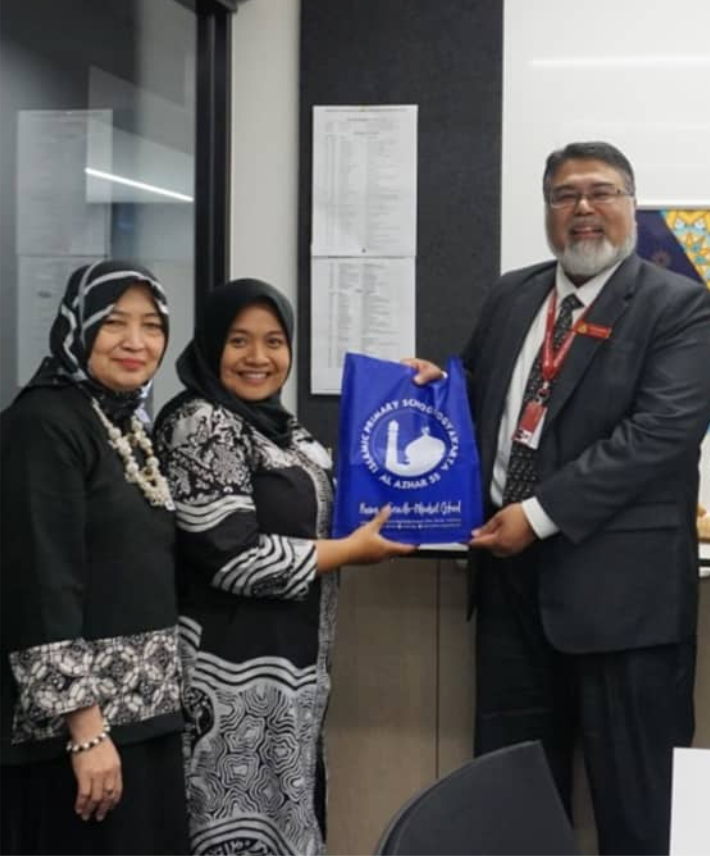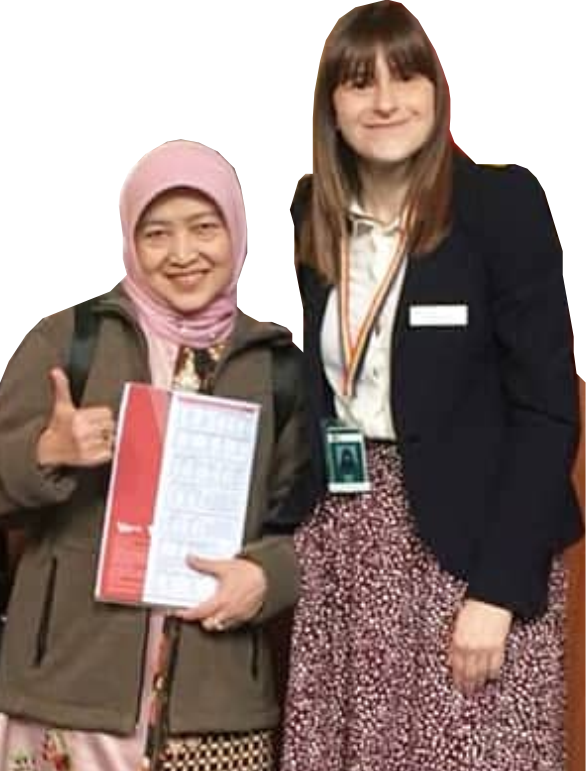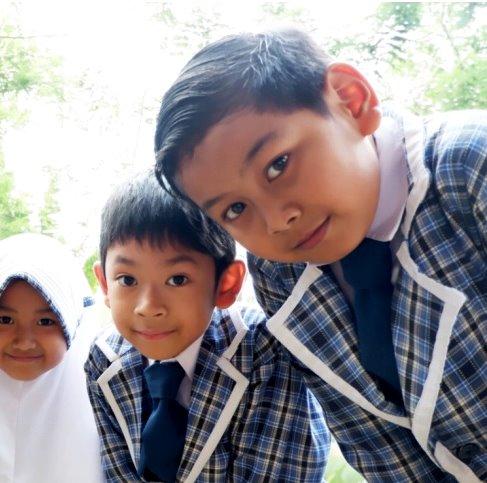Trip to Melbourne
Sunday January 31st 2021A Great 7 Days Journal in Having Study Visit
 On August 31-September 8, 2019, four delegates of Al Azhar 55 Islamic Primary School Yogyakarta went to Melbourne, Australia for a study visit. The visit’s main purpose is to broaden our knowledge on how education, mainly the learning process, works in such a developed country, and what the outcomes will be like. It is also to open a network for the school’s immersion program. The delegates visited and gained knowledge from Minaret Islamic Primary School, Essex Heights Primary School, Victoria University and Education Department of Victoria.
On August 31-September 8, 2019, four delegates of Al Azhar 55 Islamic Primary School Yogyakarta went to Melbourne, Australia for a study visit. The visit’s main purpose is to broaden our knowledge on how education, mainly the learning process, works in such a developed country, and what the outcomes will be like. It is also to open a network for the school’s immersion program. The delegates visited and gained knowledge from Minaret Islamic Primary School, Essex Heights Primary School, Victoria University and Education Department of Victoria.

In Melbourne, independent (autonomous) learning is shaped since in the foundation level (TK B/Kindy), when pupils start to prepare their books and the other stuff themselves. Victorians realize that knowing nothing, making mistakes and facing challenges are normal and parts of the pupils’ process of learning. In turn, they will have control on their own learning achievements, not dependent on that of parents’, teachers’, or other people’s.
 What makes it even more interesting is that the learning in the foundation level (TK B/Kindy to grade 2) focuses on making pupils learn to be independent, to understand themselves and the environment, to be confident as well as to communicate with the people around them.
What makes it even more interesting is that the learning in the foundation level (TK B/Kindy to grade 2) focuses on making pupils learn to be independent, to understand themselves and the environment, to be confident as well as to communicate with the people around them.
We also learn that Victorian Curriculum F-10 prepares students to study until grade 10. Meanwhile, the upper grades, 11 and 12, are focused on job-ready learning. In addition to that, we also find out that surprisingly, Bahasa Indonesia is in the top 4 of the 40 LOTE (Language other than English) that is learned in the Curriculum.
The aim of Victorian Curriculum is to ‘internationalise the education’, which means internationalizing its education process so as to make students master more than 1 language and then able to communicate with the people from all around the world appropriately and effectively. It aims to make them able to see the world with the perspectives of global citizens as well.
The highlights of Victorian Curriculum lay on literacy, numeracy and inquiry programs. The literacy program is realized in the reading log and journal writing, numeracy in EMU (Extended Math Understanding) and inquiry in student-centered learning. The learning process implements the SOLO taxonomy that accommodates surface-to-deep knowledge. Surface learning covers finding, describing, summarising, naming, following, etc. Meanwhile, deep learning includes connecting, constructing, creating, proving, explaining, applying, predicting, etc.
Then, each year, teachers should attend a professional development program for at least 6 hours and conduct action research in their classes to monitor and follow up on their own teaching. Victorian Curriculum also emphasizes sustainability. It teaches us how to preserve natural resources for the next generations, e.g. by reducing and sorting rubbish and declining their dependence on natural resources.
Al Azhar 55 Yogyakarta








